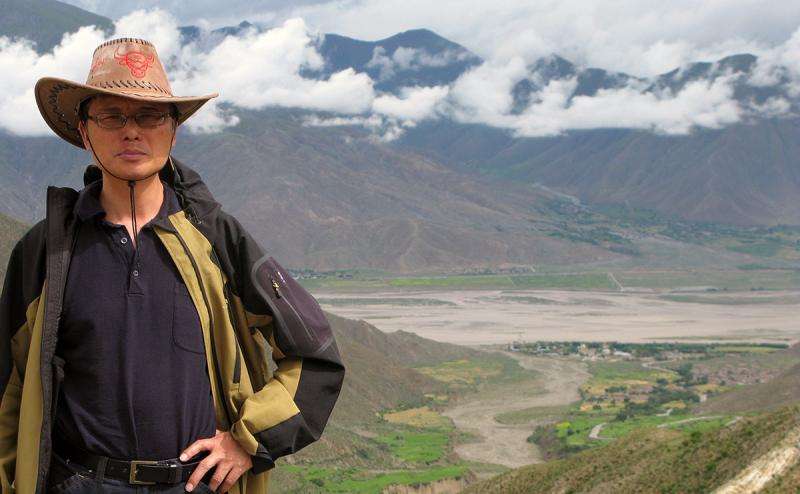More grasslands in Tibet could bring climate improvements

In the Arctic, enhanced vegetation growth amplifies global warming. On the Tibetan Plateau, however, the situation is the reverse.
"The trend in Tibet is the opposite of what we are seeing in the Arctic," says Professor Deliang Chen from the University of Gothenburg. "By restoring grasslands there, the climate can be improved – both locally and globally."
In the Arctic, warming increases like a spiral. Global warming means that the periods of growth are becoming longer and vegetation growth is increasing. At the same time, heat transfer to the Arctic from lower latitudes is rising, reducing sea ice there, and this in turn is contributing towards a faster local rise in temperature.
New research shows the reverse effect on the Tibetan Plateau
A new research study published in the highly respected research journal PNAS shows that the situation is the reverse on the Tibetan Plateau.
Vegetation on the Tibetan Plateau has also increased as a result of global warming. However, in contrast to the Arctic areas, the longer periods of growth and the increased vegetation activity here appear to mean that global warming is being weakened.
"The reason for this is that increased evapotranspiration from plants is cooling the air," explains Deliang Chen, Professor of Physical Meteorology at the University of Gothenburg.
Restoring grasslands may improve the climate
The climate models also simulate daytime cooling as a result of the increased vegetation, albeit with a smaller magnitude than currently observed.
"Our results suggest that actions to restore native grasslands in degraded areas, roughly one-third of the plateau, will both facilitate a sustainable ecological development in this region and bring local and global climate benefits."
More accurate simulations of the biophysical coupling between the land surface and the atmosphere are needed to help fully understand regional climate change over the Tibetan Plateau.
More information: "Evaporative cooling over the Tibetan Plateau induced by vegetation growth." PNAS 2015 112 (30) 9299-9304; published ahead of print July 13, 2015, DOI: 10.1073/pnas.1504418112
Journal information: Proceedings of the National Academy of Sciences
Provided by University of Gothenburg




















